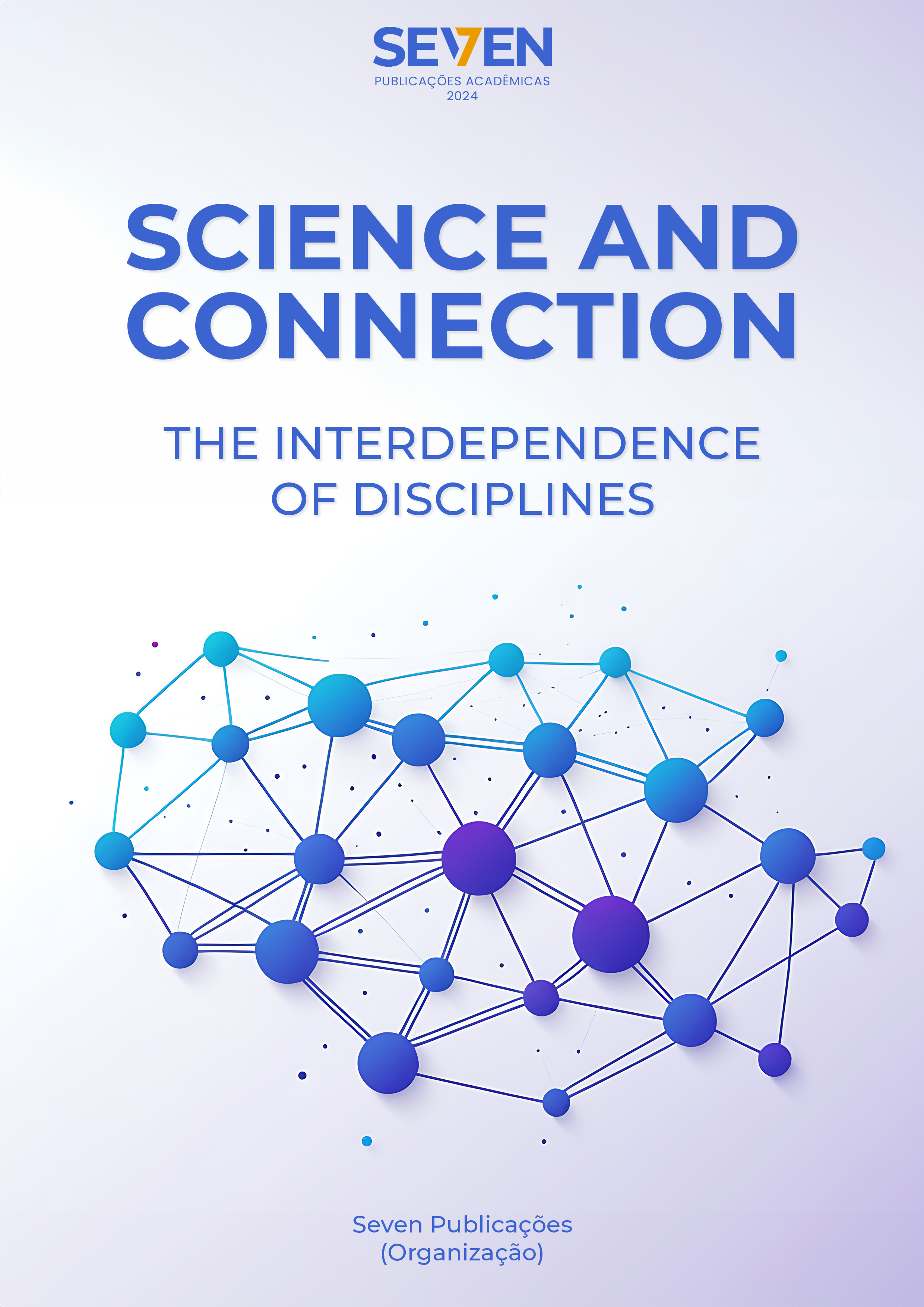CADMIUM REMOVAL FROM WASTEWATER: A COMPARATIVE STUDY BETWEEN ELECTROLYTIC AND MEMBRANE SEPARATION PROCESSES
Keywords:
Cadmium, Electroplating, Reverse osmosis, Contamination, EnvironmentAbstract
To minimize the effects of pollution caused by toxic metals, the environmental laws of the various countries of the world have become increasingly restrictive with regard to the emission of industrial waste. On the other hand, technological development has driven the creation of new processes and techniques that are extremely efficient in the removal of toxic metal contaminants from wastewater. In the literature review, several techniques for removing toxic metals such as cadmium are evaluated. The main objective of this work is to carry out a comparative laboratory study between electrolytic and membrane separation techniques (reverse osmosis) for the removal of cadmium ions (Cd2+) from wastewater. The electrolytic process, because it is simple and does not require chemical additives, has the advantage of enabling the recovery of cadmium in its metallic form and in high concentrations present in wastewater. However, at low concentrations of Cd2+ ions, the process is not efficient. Finally, it can be proposed to use the two processes in a complementary way. At first, the electrolytic process is applied to remove the highest concentration of cadmium, followed by reverse osmosis to reach values acceptable by environmental legislation.
Downloads
Published
Issue
Section
License
Copyright (c) 2024 Fabio Merçon, Fernando B. Mainier

This work is licensed under a Creative Commons Attribution-NonCommercial 4.0 International License.





